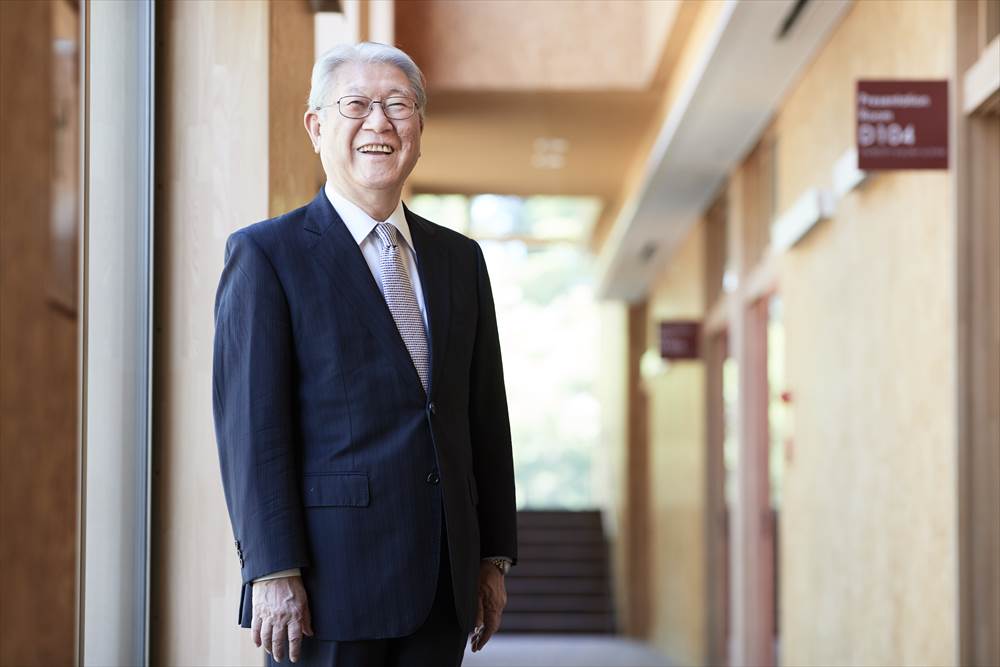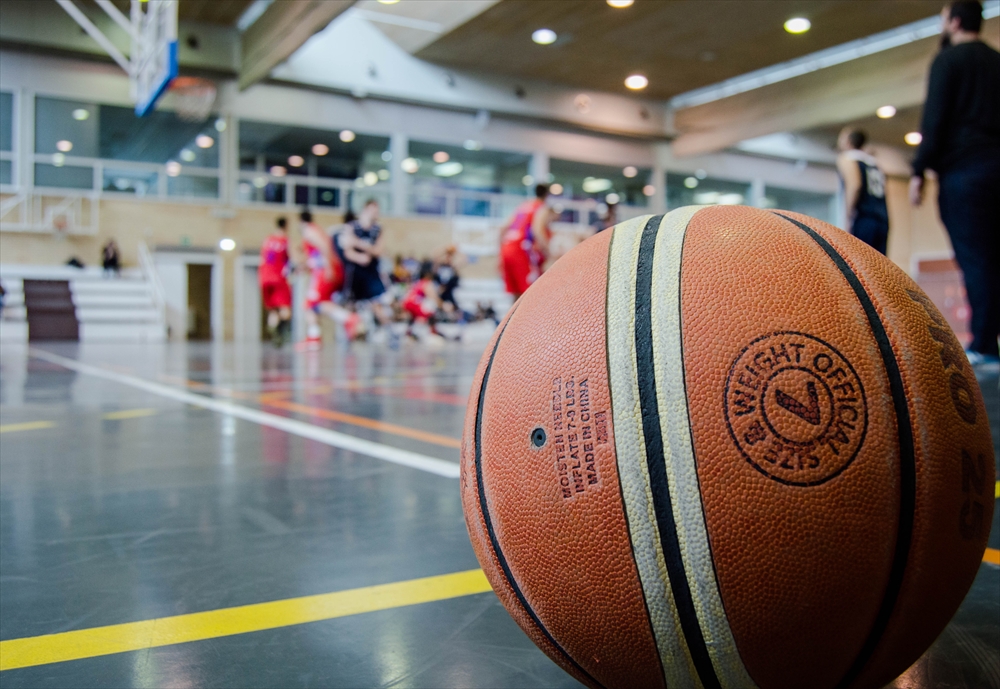AIU TOPICS
AIU Voices
【Faculty Voices】 Episode 10: “Exciting Memories of US College Basketball — Indiana University 1975-76” — Dr. Norihiko SUZUKI
You may have seen the faces of our faculty members, be it in a face-to-face classroom, an online classroom discussion, the university brochure, or possibly, through their professional outputs. But do you know how they really are as an individual?
This Faculty Voices series aims to acquaint you with some of our unique faculty members in the form of a relay essay by the faculty themselves. You will have a chance to get a glimpse of the faculties’ personal agenda, concept on life, philosophy, and memories, as well as their area of profession and research theme.
The tenth episode of the Faculty Voice Series is from AIU’s president Norihiko SUZUKI.
After President Suzuki obtained his D.B.A at Indiana University in the United States, he had taught at universities at home and abroad since 1978. He has assumed office as the Chair of the Board and President of AIU on June, 2013, and President Suzuki has successively been appointed as a member of the Central Council for Education, University Education Section, and various other important posts.
President Suzuki has offered us a message under the theme My struggles during my youth. The President’s messages are published as a three-part series. Click here for his previous episodes.

Exciting Memories of US College Basketball —Indiana University 1975-76—
More than 40 years ago, I taught business administration for 13 years at three universities in the United States: Indiana University, Washington State University, and the University of Illinois. These universities were very active in sports. American university athletes are often stars and can often represent the university.
These athletes sometimes took my classes and one might think that they neglect their studies, but that is not the case. The academic performance of athletes is regularly reported to the seven regional conferences in the United States and they are required to maintain a certain level of Grade Point Average (GPA) as set by the association.
In the United States, grades are given in both alphabets and numbers, with A = 4 points, B = 3 points, C = 2 points, and D = 1 point. In general, a GPA of B (3 points) or higher is recognized as excellent, no matter where they go to university. In the case of athletes, if their GPA falls below 2.25 points (between a B and C), they will not be allowed to participate in the next official match. Therefore, managers and coaches must not only pay attention to the physical condition of their players and the game itself, but also to their academics. For example, if a player gets a poor grade in a midterm exam, the manager or coach will come to him and ask him why his grade was poor and how he can improve his studies. The manager also pays close attention to the lifestyle of the players, and strictly enforces that the players eat three meals a day properly.
One day, two basketball players of Indiana University took my class. Kent Benson, a center, and Isiah Thomas, a forward. After graduating from university, both of them chose to become professional basketball players. Around this time (1975-76) was the heyday of the Indiana University basketball team, and the director at the time was Bob Knight, who was well-known in the United States. Spanning two years, the university team had 31 wins and no loss in the Midwestern Conference. As we won each game and approached the second consecutive conference title, the excitement rose in every part of the vast Bloomington campus of Indiana University. Benson and Thomas were even applauded when they attended my class. I recall that Benson’s grades, as was his height nearing seven feet, were particularly high too.
It goes without saying that the personal efforts of the athletes played a major role in their success, both athletic and academic, but what I would like to emphasize here is the fact that there were environmental factors, like the coaches and faculty members, that encouraged the students to pursue their achievements in both academia and sports.
Akita International University, a humble university compared to Indiana University in size, is nonetheless competitive in terms of unity among students, faculty, and staff. The AIU Festival in 2020, hosted by students online amid the unprecedented difficulties posed by the COVID-19 pandemic, was a great success. Students put great effort into this annual event, without ever meeting face-to-face as the campus was closed for most of the 2020 academic year. But in terms of academics, was the load for them too light? Decidedly not, as any AIU student would testify. Our aim at AIU is to nurture global leaders, and we explicitly ask our faculty members to ensure that the assignments they give to students meet global standards in terms of both quality and quantity.
Classrooms are not the only place of learning at universities, and what basketball was to Indiana University is seen in various forms at AIU. Students engage in a wide range of extracurricular activities, and it would certainly be rewarding if the students achieve the best of the results for all of their occupations, but things do not always work out that way. Just as the coaches and supervisors at Indiana University cared about the academic success of their athletes, the academic advisors assigned to each student, as well as every other faculty and staff members at AIU are here to support the personal growth of the students, not just their grades, but in every aspect of their bright future. Whenever you have any difficulties, be it curricular or extracurricular, please do not hesitate to ask the people around you for advice. We are always here, both physically and virtually, to support you.
I would thus like to conclude this series of articles entitled “The Struggle of My Youth” by keeping close to the struggles that all students, the leaders of tomorrow, are bound to face.
Click here to learn more about AIU faculty.
Click here for more episodes from the Faculty Voices Series.

